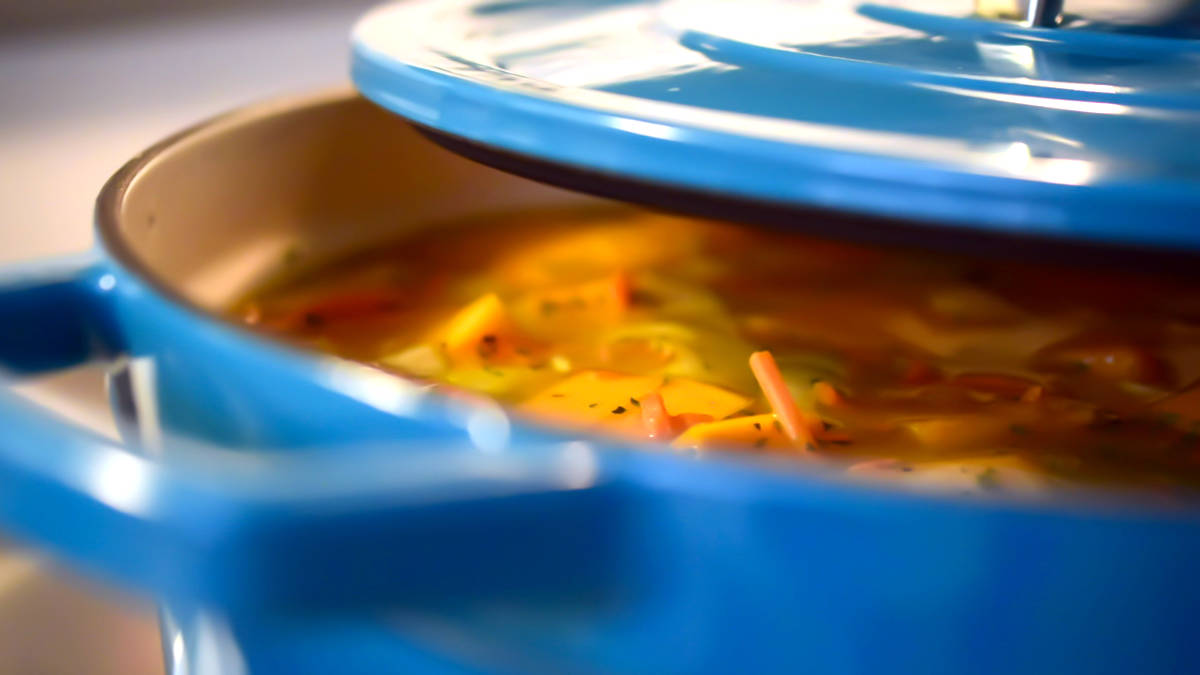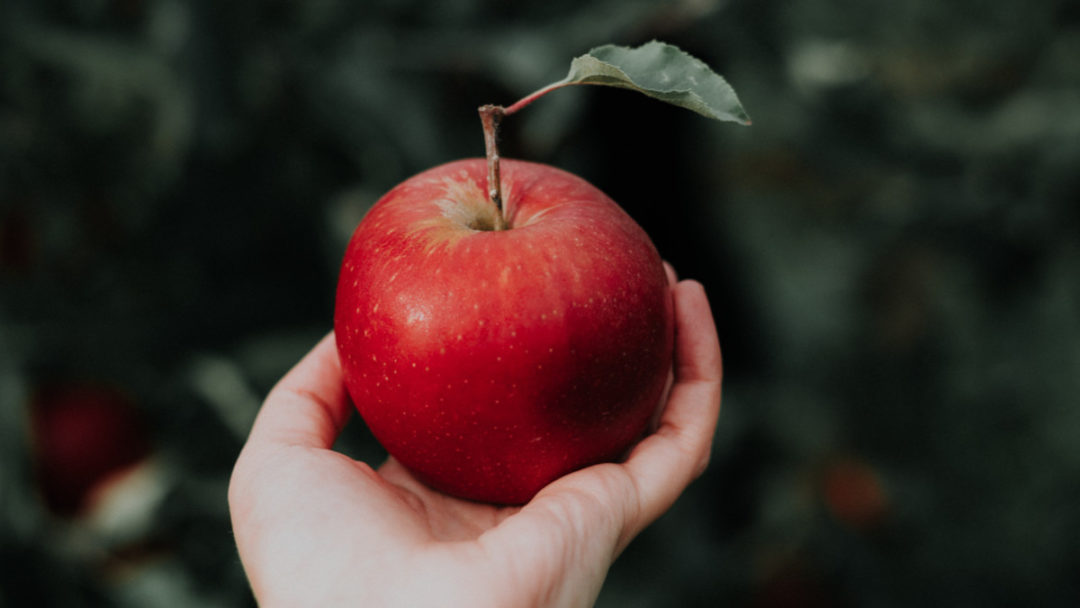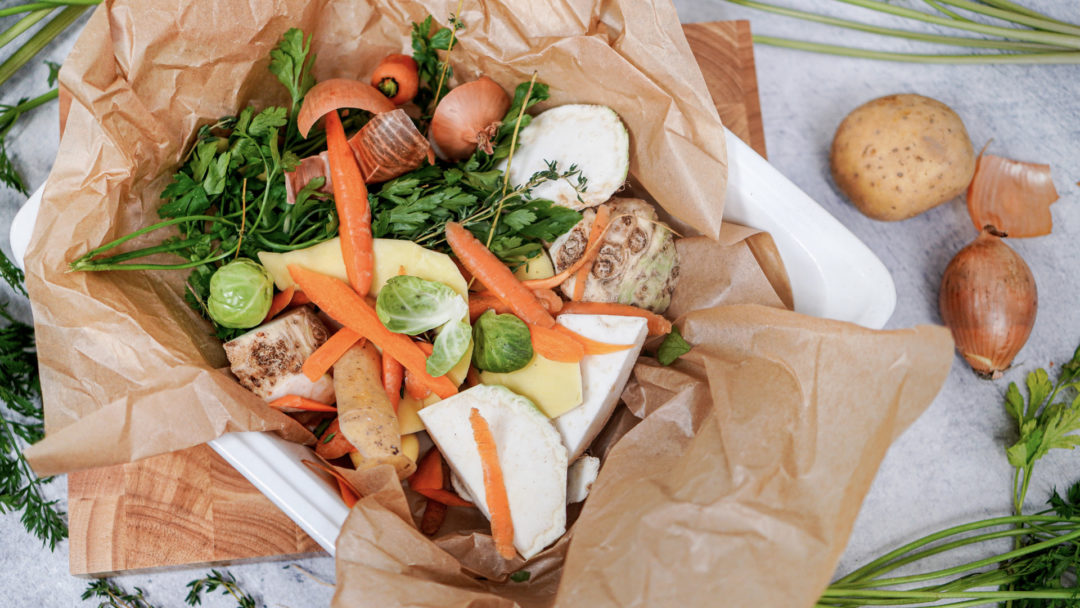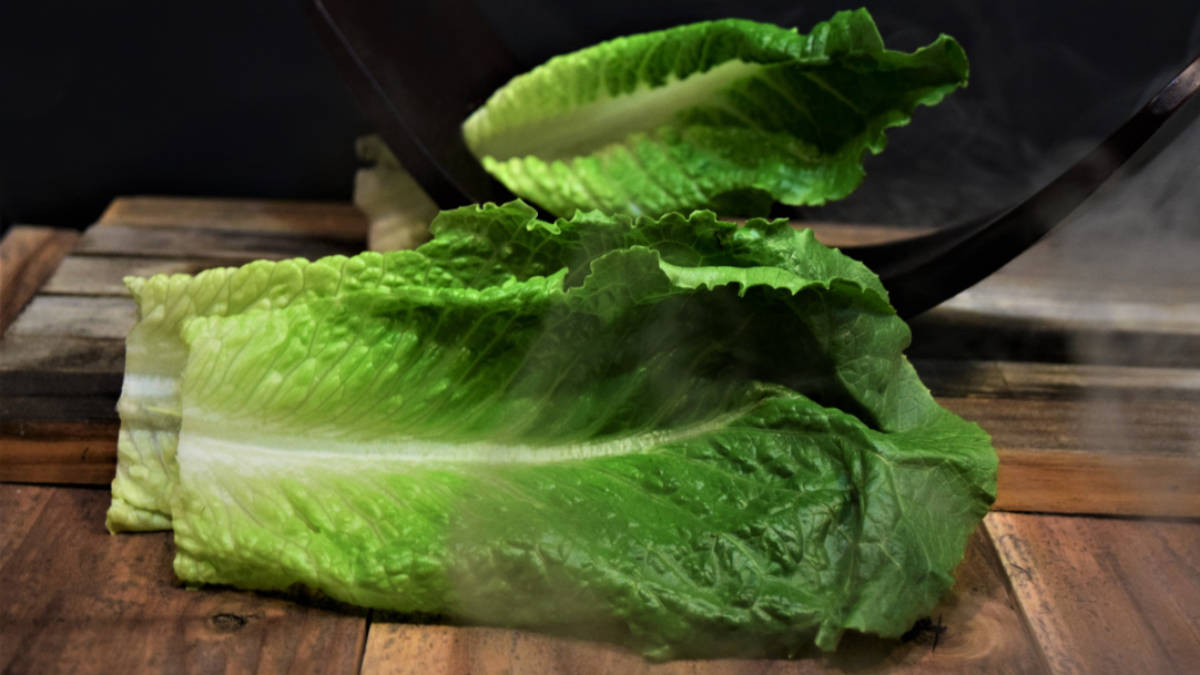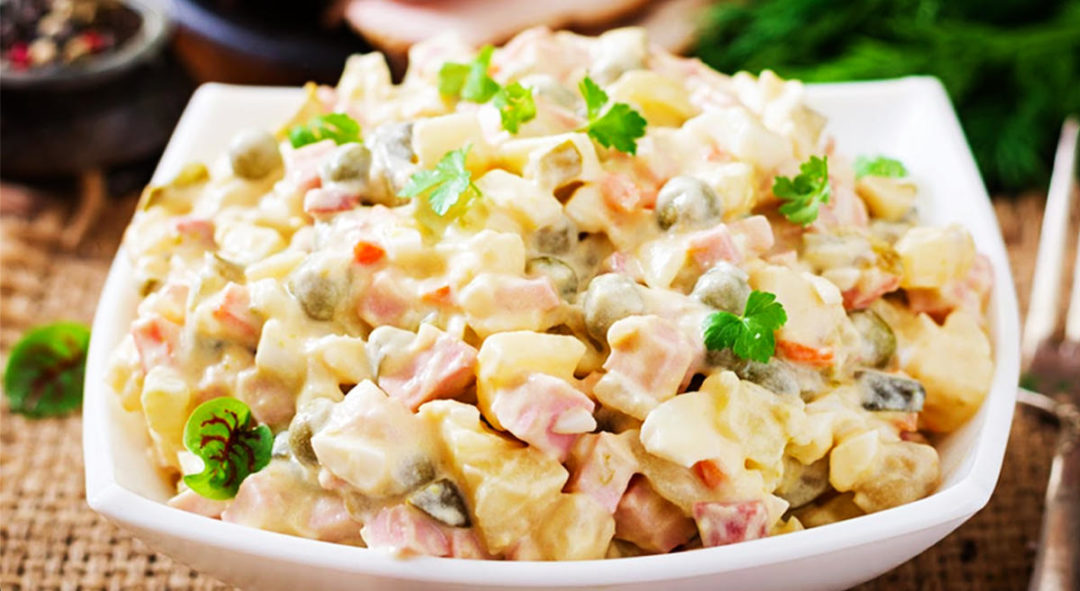As various types of meat were added to Czech cuisine and the poor moved more from villages to cities, a number of types of vegetables, which are very high quality and tasty if we know how to prepare them well, decreased in our diets. Various vegetable purees and soups were often the only things eaten in the countryside, and the advantage was the possibility of almost year-round cultivation in one’s own field or garden. Unused vegetables were then pickled in vinegar or salt for the winter and were a valuable source of vitamins and minerals throughout the year. We bring you a brief look back at some types of vegetables that were once very popular in the Czech lands and are slowly returning to our table today.
Chicory
Chicory buds are high in fiber and support digestion. They have a detoxifying effect, lower cholesterol levels in the blood, and generally improve metabolism. They also contain a large amount of potassium, magnesium, phosphorus, and iron. Interestingly, chicory can bind heavy metals in the body, such as mercury or lead, preventing their accumulation.
Well-prepared chicory is very tasty and its slightly bitter taste complements any fresh vegetable salad well. In warm cuisine, we can use it for a great soup, where we add chopped chicory to a light béchamel base, briefly cook, soften with whipping cream, season with white pepper and salt, and add a few drops of lemon juice. With fried bread or a stronger cheese, it tastes really great. And how to use chicory for a quick dinner? Just cut the chicory buds into quarters, sauté with chopped onion in olive oil, wrap each piece in slices of dried prosciutto ham, place in a buttered baking dish, sprinkle with good cheese, and grill. With a white baguette and a light vegetable salad, it will be a great feast.
Attention! Don’t forget to wrap the chicory in a dark bag and store it without access to light after bringing it home from the store, so it doesn’t become bitter.
Black Salsify
This vegetable, commonly present in old Czech cuisine for centuries, is finding its place in the gastronomic spotlight again. Slavs and Celts consumed it quite a lot in the past, as they believed it protected against snake bites and plague. Today, you can find it at farmers’ markets, and it is starting to appear in regular supermarkets as well.
Although it doesn’t look very appealing at first glance, it contains a lot of fiber, vitamin C, B1, and B2, and minerals such as potassium, magnesium, phosphorus, calcium, and iron. It is a very suitable food for diabetics and during weight loss diets.
Use a few proven tricks when preparing it. The roots need to be peeled before use, preferably using gloves, as they release a white juice – latex, which is very sticky. Immediately after peeling, it should be soaked in acidified water to prevent it from turning black. If you use it raw in a salad, definitely complement it with a sour dressing with vinegar or lemon. If you are going to cook it, just scrub it thoroughly, boil for 15 minutes, and then simply peel. With boiled potatoes, melted butter, and toasted breadcrumbs, it will taste like white asparagus. Black salsify can also be used for a delicate creamy soup and complemented with cubes of fried bread.
Fennel
Fennel tea was certainly given to us by our mothers as infants against bloating. However, we will focus on the fennel bulb, which has a slightly spicy anise flavor and is great for both cold and warm cuisine. Fennel cleanses the blood, helps with coughs, has a high vitamin C content, and is rich in potassium and iron.
We can use it raw in a salad without peeling it. Its spicy flavor stands out excellently when baking or grilling, just sauté the sliced fennel bulb in butter and add it to a good roasted fish, or bake it in the oven and complement it with a light leafy salad with balsamic vinegar, olive oil, and mild goat cheese. With a white baguette and light white wine, it will be an excellent quick dinner!
Lamb’s Lettuce
The small leaves of green salad – lamb’s lettuce (our grandmothers called it Lamb’s Lettuce) are slowly returning to us, but in many cases, we use them on the plate more as decoration. They contain a large amount of vitamin A, C, magnesium, folic acid, and plenty of iron. Besides salad, where its slightly nutty flavor stands out, you can prepare it similarly to young spinach, lightly sautéed in butter with a clove of garlic, white pepper, and salt. In Austria, where lamb’s lettuce is very popular, it is served as part of a traditional light potato salad, perhaps with a true veal Viennese schnitzel. We offer you a recipe for lamb’s lettuce salad to try!
Brussels Sprouts
It used to be the bane of all of us who had to eat in school cafeterias. Do you also remember the shapeless, gray-brown mass, accompanied by a portion of overcooked potatoes? Believe that Brussels sprouts can taste great and look good on the plate. It would be a shame to omit it in our article because it has a high content of potassium, manganese, vitamin B1, and especially fiber. So how to prepare it? Brussels sprouts do not need to be cooked for long, and the best heat treatment is steaming or baking. If steaming, it is good to immediately cool them in ice water after boiling, so the sprouts remain beautifully green, and before serving, just lightly reheat them or toss them in a pan with butter, salt, and white pepper.
It is also excellent baked. In a greased and breadcrumb-coated dish, arrange Brussels sprouts, add cubes of sautéed bacon, white pepper, salt, and a good strong cheese, like Cheddar. Bake for about 20 minutes, and you have a great and tasty side dish, perhaps for a grilled steak.
Turnip
The white-purple radish, which you surely know in its raw form as an ingredient in salads, has a long history in Czech cuisine. Before the introduction of potatoes, it was mainly used in warm cuisine, where it was made into purees and cooked as a side dish to meat. It is also very popular in Japanese cuisine, where it is served with thin slices of raw fish – sashimi, or as a side dish to sushi. It contains a large amount of fiber, B and C vitamins, and minerals. You can try to prepare not only a good puree for roasted meat by sautéing it together with shallots in butter and then stewing it, but it is also great in a light creamy soup.
Rhubarb
Rhubarb, also known as pie plant, is unmistakable in the garden due to its broad leaves resembling wild burdock. In the countryside, it grew from spring to autumn, and our grandmothers made excellent pies from it or preserved it for winter.
The red stalks of rhubarb, cut into cubes, can be combined with apples, strawberries, or pears to make an excellent pie filling and great jam. When added to fresh vegetable juices, especially in combination with apple, it tastes great, and we appreciate its high vitamin C content.

